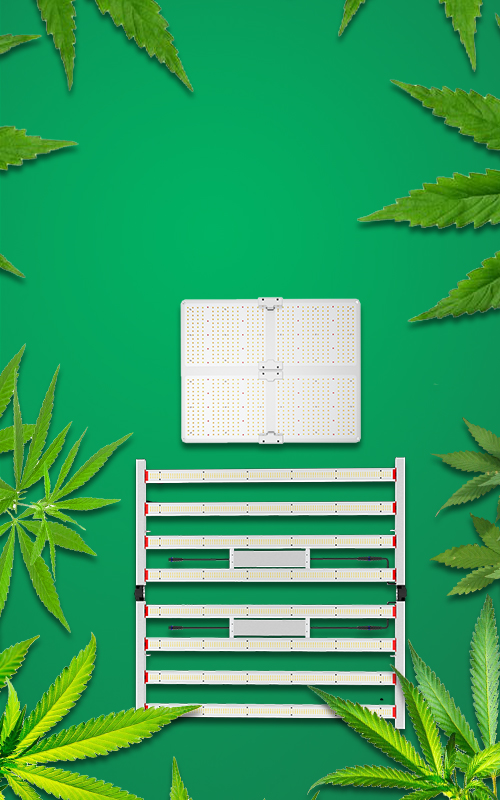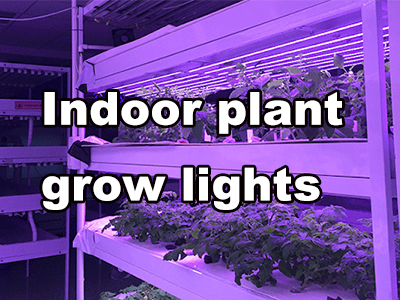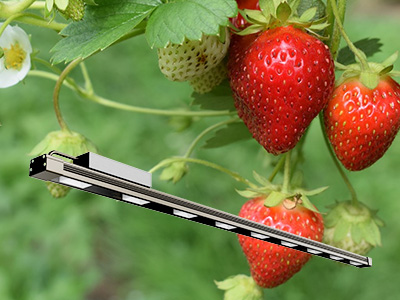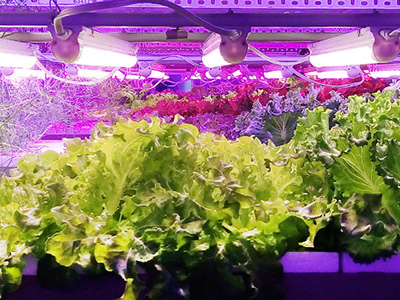Aug 13 , 2024
How can I top my cannabis plants to achieve better yields
Topping is a pruning technique for cannabis plants that aims to increase flowering and yield by removing the top growth point to promote lateral growth. This article explains in detail the principles, benefits, and how to do it at the right time and place.


























